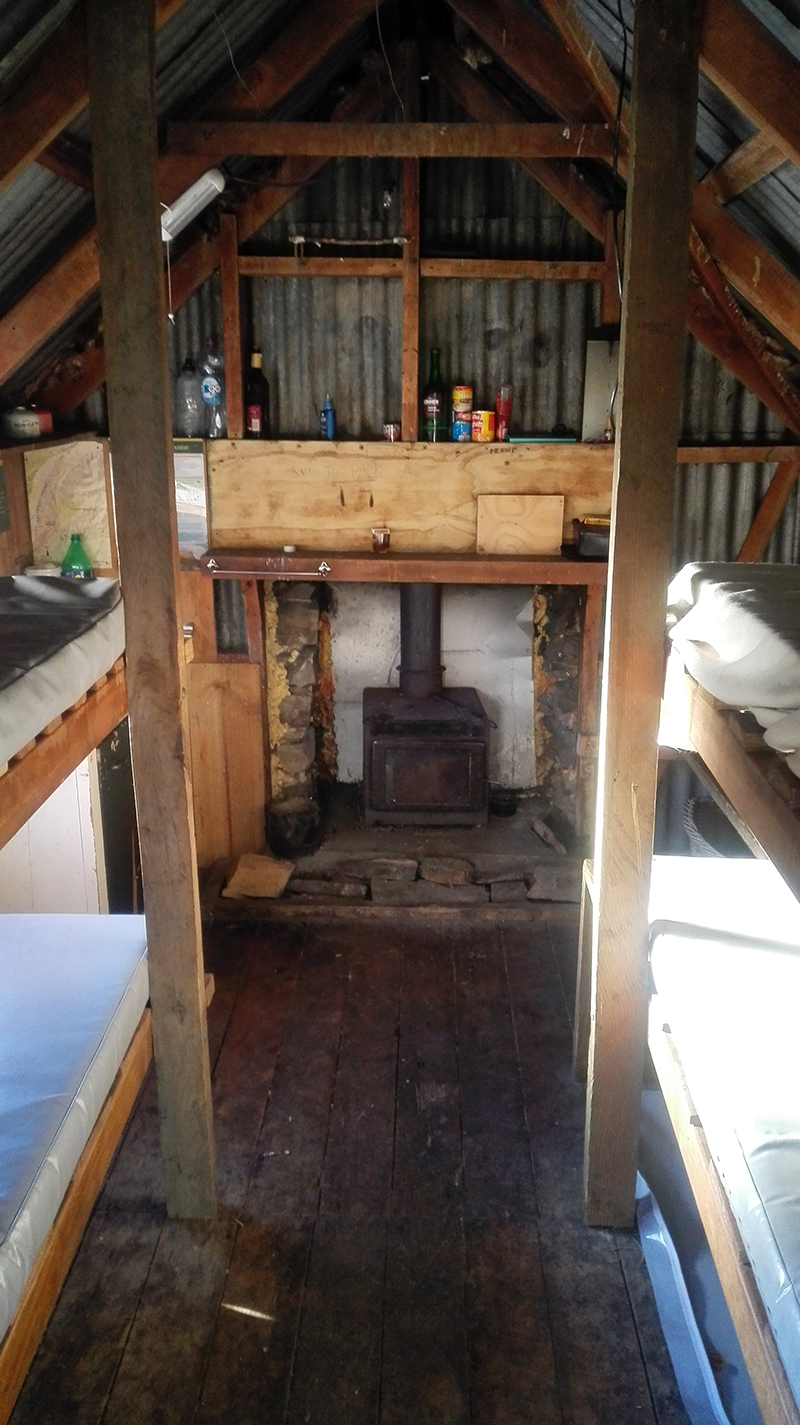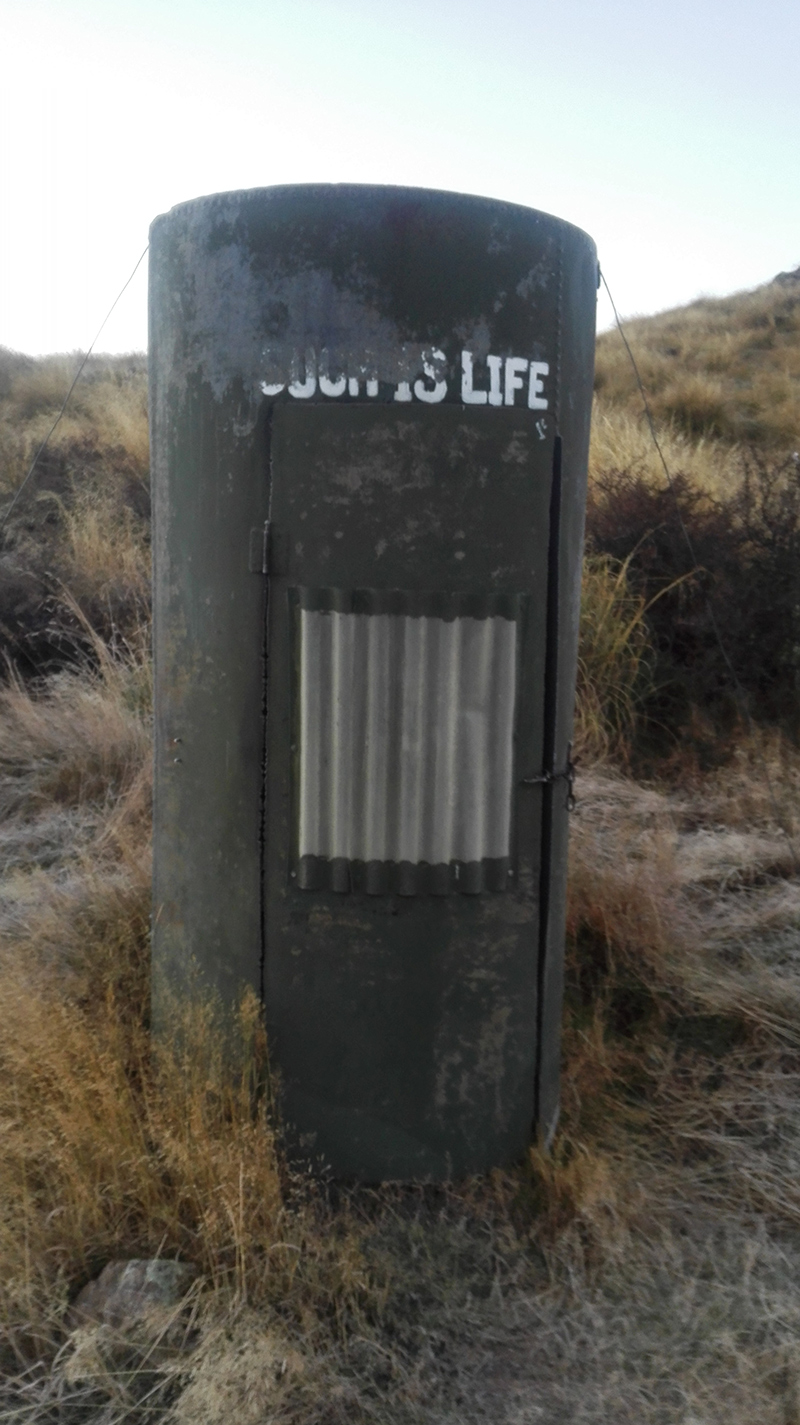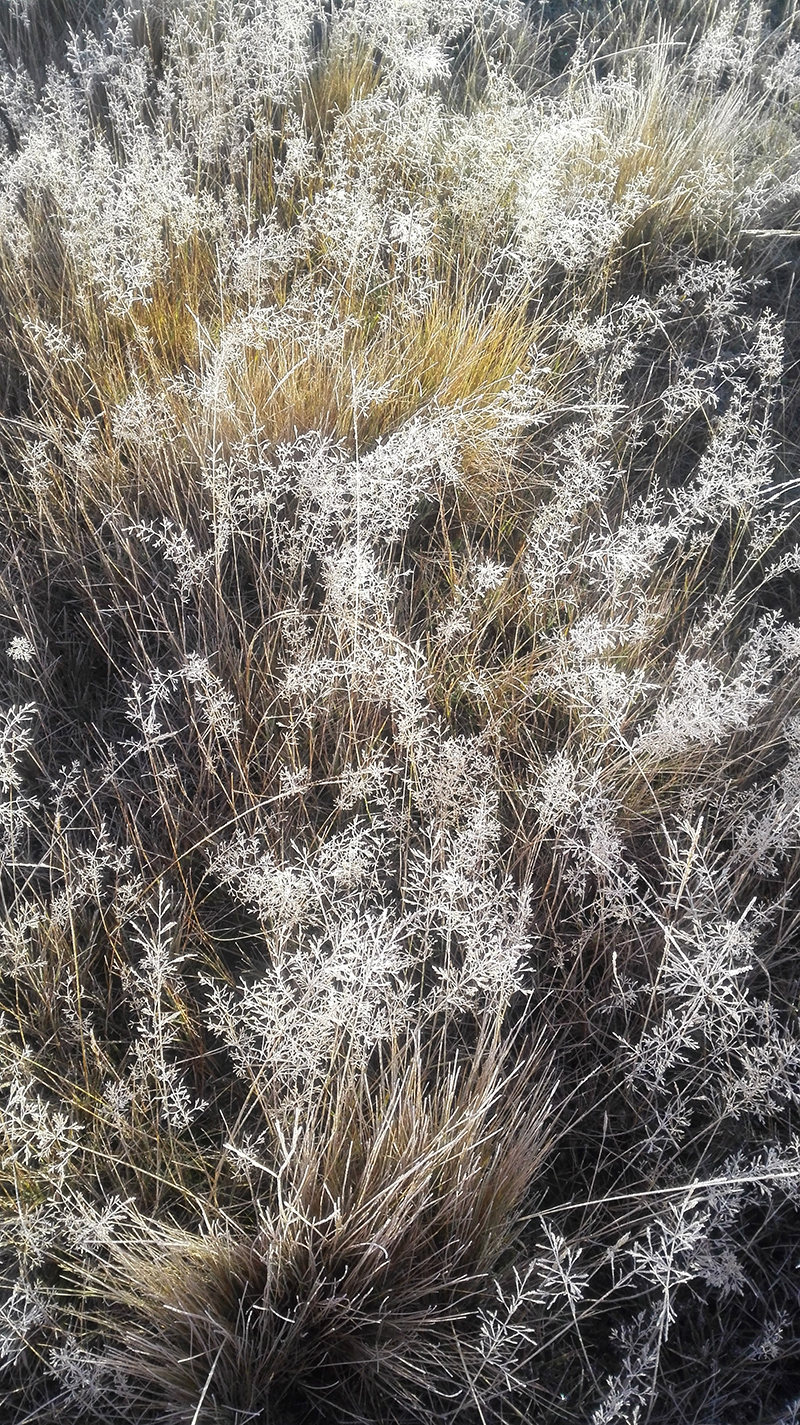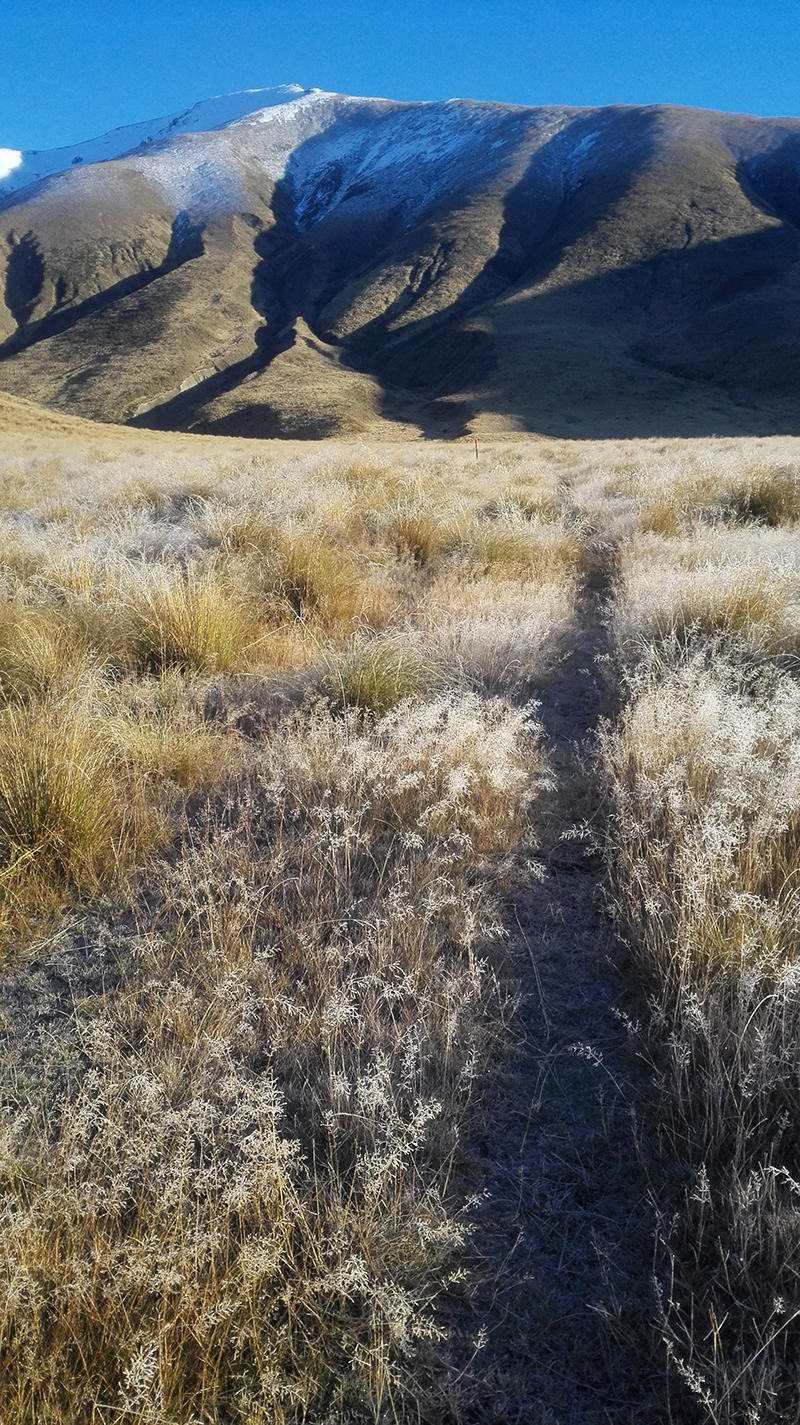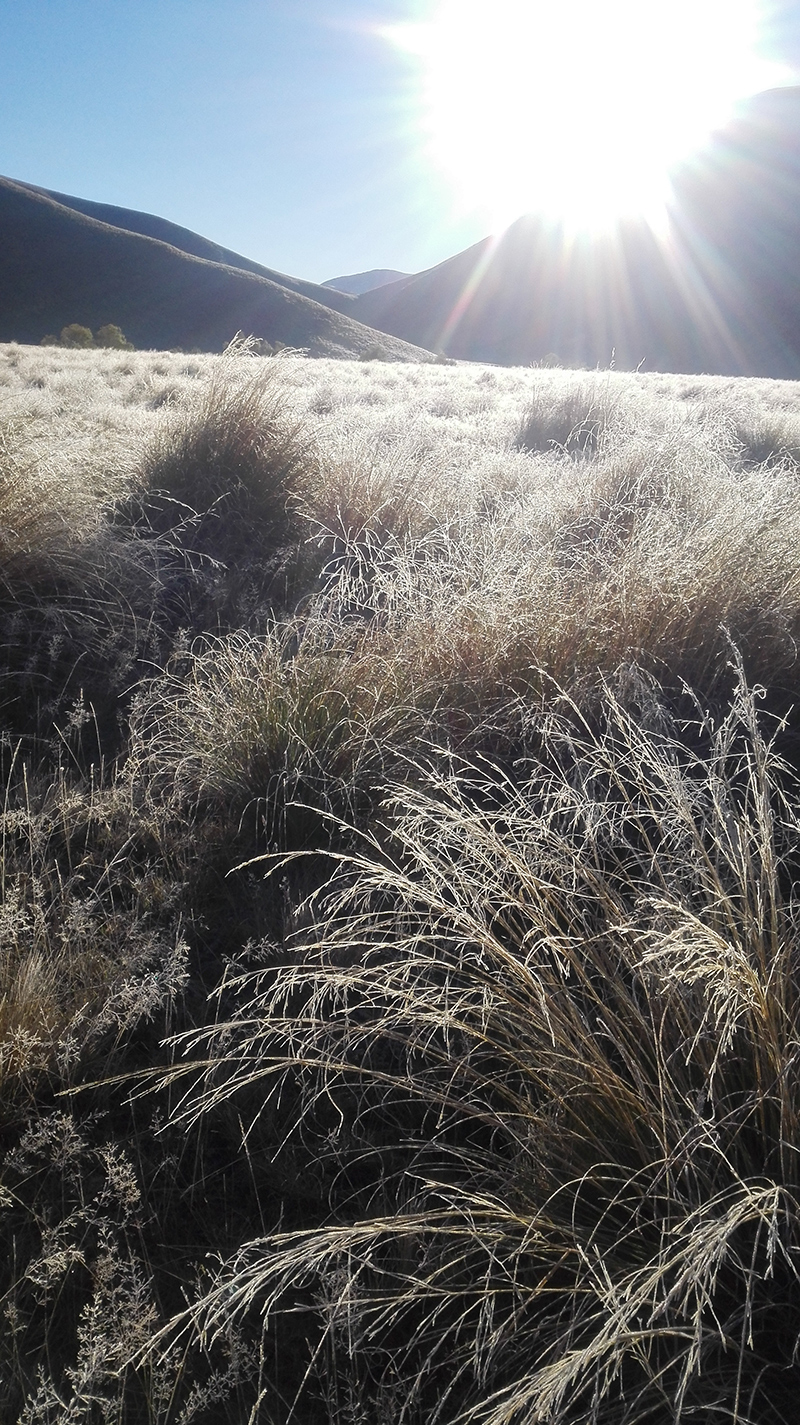Arctic Circle Cartoons and the Environmental Cost of Cruise Ships in Lyttelton, New Zealand
Cruise ships are a filthy way to have a vacation. Lyttelton Harbour, near Christchurch New Zealand is expanding its port to accommodate bigger cruise liners which is bad news for residence and the water and air quality.
As I write this post, I can hear a pile driver banging steel posts into Lyttelton harbour. The port is building a new cruise ship terminal to accommodate bigger vessels. This may be good news for Lyttelton Port Company (majority owned by Christchurch City Council) but it isn't good news for the endangered dolphins disturbed by the noise and for the residents of Lyttelton, New Zealand.
Cruise ships are as polluting as half a million cars. And some.
Cruise ships burn a lot of fossil fuel and at the moment they are burning the toxic bottom-of-the-barrel heavy oil that cannot be used anywhere else because it is so polluting.
Should cruises be allowed to the Arctic?
When they are docked in port they have to have their engines running the whole time to keep the power on. An article on national radio revealed that when big cruise ships do this they release as much pollution as 700,000 diesel buses. And when the easterly is blowing we can smell that pollution at our house.
But the biggest the most detrimental effect of cruise ships happens when please leave port. Once they are 12 miles offshore (sometimes sooner if no one is watching and nobody ever is) the cruise ships can dump all their untreated sewage. This often isn't just organic matter unfortunately and is contributing to the plastic pollution at sea. What's more, a lot of cruise ships dump their rubbish at sea as well as there is rarely anyone out there to stop them from doing it. The few times this has been reported has been due to whistleblowers on board.
Is there such a thing as an environmentally friendly cruise ship?
I'm a big fan of travelling by surface rather than by air, but not when it is done with a disregard for the environmental consequences.
Living in New Zealand: An Overnight Tramp to Spurs Hut Near Fairlie in Canterbury
An easy overnight hike to Spurs hut in Canterbury. This DOC hut is basic and you need to take water and possibly firewood.
Opuha River looking pristine
The boyf and I don’t like hiking in bad weather, or the dark, so we took the opportunity to do an overnight tramp in Canterbury before the days get too short, or rainy. It’s just over 3 hours in our 1975 land rover to the start of the trail to Spurs Hut, near Fairlie.
The track isn’t very demanding, except for having to pick your way over streams that have been peppered with cow shit (unfortunately the cattle are able to walk through the tributaries and the Opuha River itself. There’s no way I’d swim in Opuha lake knowing this. See earlier post).
Hiking beside the Opuha River looking for trout and not finding any
With our stopping to take pictures and look at the river (no trout), it took about 3 hours to get to the hut. It was a sweet little hut with 4 bunks and a wood burner (but no wood and no rainwater collection).
We woke to find ice inside the hut and on our washing up
Spurs Hut seems to be used a lot by hunters and some of the idiots who use it think it’s fine to leave their rubbish. I packed some of it out, but didn’t have room for it all.
Bogan evidence bag
It was pretty walking out in the frost.
It only took an hour and 45 minutes to hike back out, which left us plenty of time to stop for a great coffee in the Farm Barn and a bit of lunch and second hand shopping in Methven before we drove though the Canterbury Plains and home.
Living in New Zealand: It's Not 100% Pure Like the Advertisements Say
One of my favourite wild places to go near Christchurch is Birdlings Flat. It is very wild beach with a significant undertow and you can't swim there. But it is wonderfully scenic in a bleak way. A bit like Chesil Beach in Dorset.
Te Roto o Wairewa/Lake Forsyth is just beside the beach. It has been dangerous for years, but for a different reason. Nitrate run-off from agricultural land that feeds into the waterways that's ending the lake cause toxic algal blooms. It's too dangerous to even walk your dog your dog there.
The saddest thing is that this isn't the only lake or river that is in this condition. All over New Zealand the pressure of intensive agriculture is ruining the waterways, making rivers that kids played in a generation ago unswimmable now.. Some farmers are doing something to stop it (by fencing stock out of rivers, planting at the edges of waterways to soak up any run-off and reducing stock and chemical levels to prevent excess nitrates reaching the water). Unfortunately a lot of farmers are either ignorant of what they need to do or more concerned about profit.
We saw these irrigators everywhere driving through the Canterbury plains and the Mackenzie Country. Some of them are a kilometre long or more.
Update: we walked up the Opuha river in Canterbury. A dry summer has been compounded by intensive agriculture and over-extraction of water. The river is very low and to add insult to injury we saw cows walking in and out of it and every feeder stream we crossed was full of cowshit.
Cattle having just crossed a stream that feeds into the Opuha River
And this is what you find in a Conservation Area
Why New Zealand Rivers are in a bad way - a simple diagram
Update: Shortly after I posted this, a report highlighted the trouble the NZ environment is in: https://www.theguardian.com/world/2019/apr/18/decades-of-denial-major-report-finds-new-zealands-environment-is-in-serious-trouble












